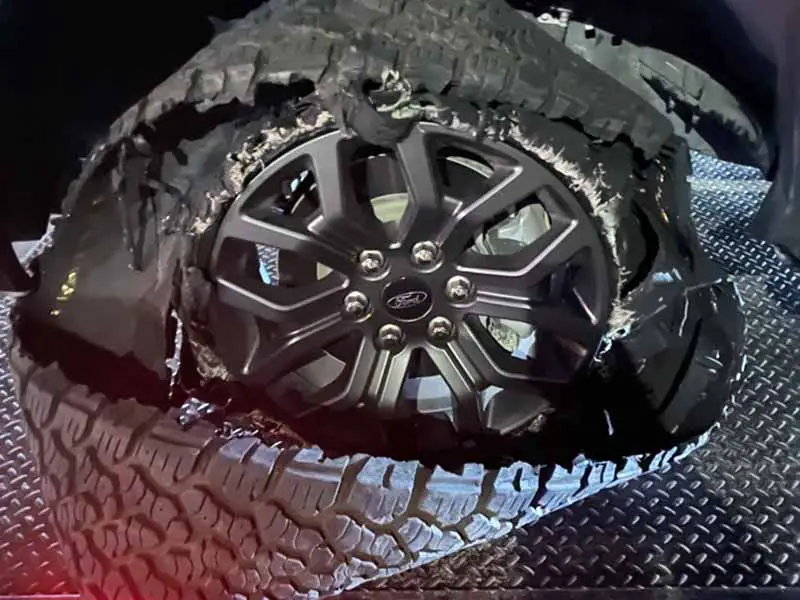Have you ever heard that sudden, loud boom while cruising down the highway and realized it wasn’t a firework but rather a tire blowout? A blown tire can be a driver’s worst nightmare, especially when traveling at highway speeds. But what if you could understand why tire blowouts happen and how to prevent them?
What Causes A Tire To Blowout On The Side?
The most likely cause of a tire blowout on the side is low air pressure. Insufficient pressure puts extra stress on the tire’s sidewall, making it more susceptible to failure and eventual rupture.
Low tire pressure can result from a variety of factors, including natural air leakage over time, temperature fluctuations, or damage from road hazards like potholes and debris. Neglecting regular tire maintenance can also contribute to low air pressure.
In this article, we’ll dive deep into what causes tire blowouts, how to distinguish a tire blowout from a regular flat, and crucial steps for prevention and action in the unfortunate event of a tire failure.
Let’s take a closer look.
What is a Tire Blowout?
A tire blowout is a sudden and rapid loss of air pressure in your tire, leading to its failure. Unlike a flat tire, which deflates slowly and gives you time to pull over safely, a blowout happens almost instantly. In these moments, you might hear a loud bang or pop as the tire ruptures, and you may feel your vehicle pull to one side, making the steering wheel hard to control.
Why is Understanding a Blowout Important?
Knowing the difference between a flat tire and a blowout is crucial for your safety. In a blowout, you have less time to react, and you may be dealing with a much more severe loss of vehicle control.
Components of a Tire
To better understand why blowouts happen, let’s talk about the basic components of a tire:
- Tread: The outer layer that directly contacts the road.
- Sidewall: The side of the tire that contains information about the tire and helps maintain its shape.
- Inner Liner: A rubber layer that retains the air pressure.
- Steel Cord Reinforcement: Steel wires that give the tire its strength.
How Does a Blowout Differ from a Flat?
Flat Tire:
- Air leaks out slowly.
- Usually caused by a puncture.
- The car might gradually slow down.
- Easier to maintain control of your vehicle.
Tire Blowout:
- Air escapes suddenly.
- Often caused by serious tire damage or extreme underinflation.
- Immediate loss of control.
- Loud noise accompanying the incident.
Common Scenarios for Blowouts
While Driving:
- High-speed highways are common places for tire blowouts, mainly because of the heat generated from driving fast.
Climate:
- Extremely hot or cold weather can also influence the tire pressure and make blowouts more likely.
Poor Road Conditions:
- Hitting a pothole or running over sharp objects can cause immediate damage, leading to a blowout.
What Does a Blowout Feel Like?
- You’ll hear a loud “pop” or “bang.”
- The steering wheel will become hard to control.
- Your car will pull strongly to the side of the blown tire.
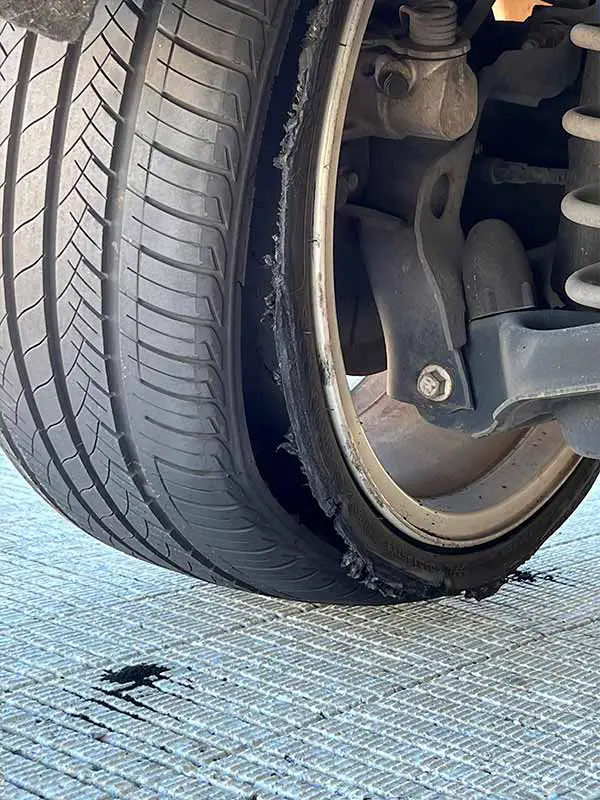
Number One Cause of Tire Blowouts
Understanding the primary reason behind tire blowouts is essential for prevention. By targeting this main issue, you’re already significantly reducing your risk of experiencing a blowout.
The Leading Cause: Underinflated Tires
The number one cause of tire blowouts is underinflated tires. An underinflated tire doesn’t have enough air to support the weight of the vehicle and its load. This lack of air pressure puts extra stress on the tire, causing it to flex beyond its elastic limits.
Why Do Underinflated Tires Lead to Blowouts?
- Increased Friction: Underinflated tires have to work harder, creating more friction with the road. This extra friction causes them to overheat, which can lead to a blowout.
- More Flexing: The sidewalls of underinflated tires flex more than they should. This excessive flexing weakens the tire, making it more susceptible to blowouts.
- Uneven Wear: Underinflation often results in uneven tread wear. Unevenly worn tires are more vulnerable to blowouts.
How to Check Tire Pressure
Use a Tire Gauge:
- The most accurate way to check your tire pressure is by using a tire gauge. You can purchase one at an auto parts store or use one at a gas station air pump.
Look for the PSI:
- The recommended PSI (Pounds per Square Inch) for your tire is usually found on a sticker inside the driver-side door or in the vehicle’s manual.
Check When Tires Are Cold:
- Always check your tire pressure when the tires are cold, preferably in the morning before driving the car. This will give you the most accurate reading.
Prevention: The Role of the Tire Pressure Monitoring System
Many modern cars have a tire pressure monitoring system (TPMS) that alerts you when your tire pressure is low. This system is a valuable tool for preventing underinflation and, by extension, blowouts.
- How it Works: The TPMS uses sensors to measure the air pressure inside your tires and sends this information to your car’s computer.
- What to Do: If the TPMS light comes on your dashboard, it’s crucial to check your tire pressure as soon as possible and inflate any underinflated tires.
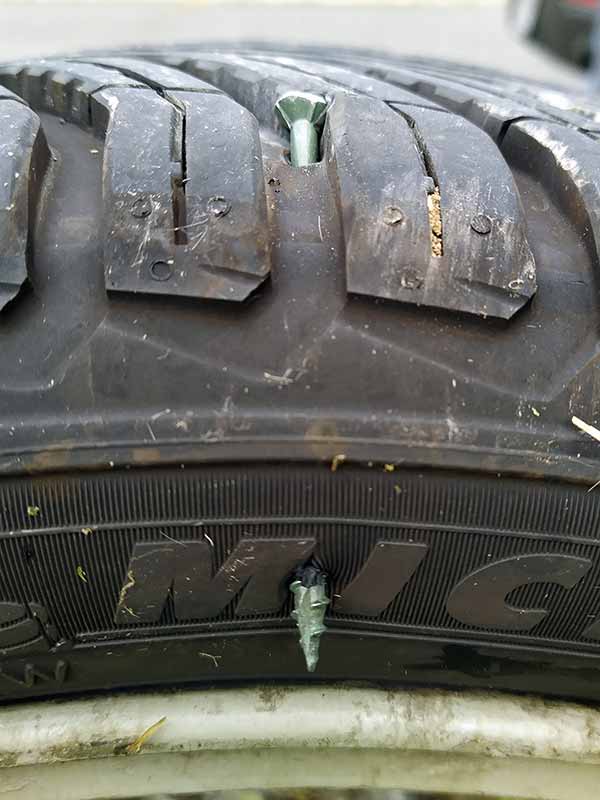
Other Common Causes of Tire Blowouts
While underinflated tires are the leading cause of blowouts, other factors can also contribute. Being aware of these can help you be even more proactive in preventing blowouts.
Overinflated Tires
Believe it or not, having too much air in your tires can also be problematic.
- Reduced Traction: Overinflated tires have less contact with the road, leading to reduced traction.
- Increased Wear: The middle of the tread wears out faster in overinflated tires.
- Higher Risk of Puncture: Overinflated tires are more susceptible to damage from road hazards like potholes or sharp objects.
Uneven Tread Wear
Another common cause of tire blowouts is uneven tread wear.
- Why It’s Dangerous: Uneven wear can compromise the tire’s structural integrity, making it more prone to blowouts.
- Common Signs: Look for bald spots or areas where the tread seems significantly less deep.
Structural Damage and Road Hazards
Sometimes the tire itself might have structural issues or suffer from acute damage.
- Punctures and Cuts: Running over a nail or sharp object can puncture a tire and eventually lead to a blowout if not addressed.
- Weak Spots: Age, use, or manufacturing defects can cause weak spots in the tire’s steel cord reinforcement, compromising its strength.
- Road Conditions: Potholes, debris, and other road hazards can cause immediate, severe damage leading to a blowout.
Climatic Conditions
Extreme temperatures can also influence your tires’ performance.
- Hot Weather: High temperatures can exacerbate existing issues, like underinflation, making a blowout more likely.
- Cold Weather: Low temperatures can cause the air inside the tires to contract, leading to underinflation.
Tire Age
Tires aren’t meant to last forever.
- Wear and Tear: Older tires naturally experience more wear and tear, making them more susceptible to blowouts.
- Expiration: Most manufacturers recommend replacing tires every six years, regardless of their appearance.
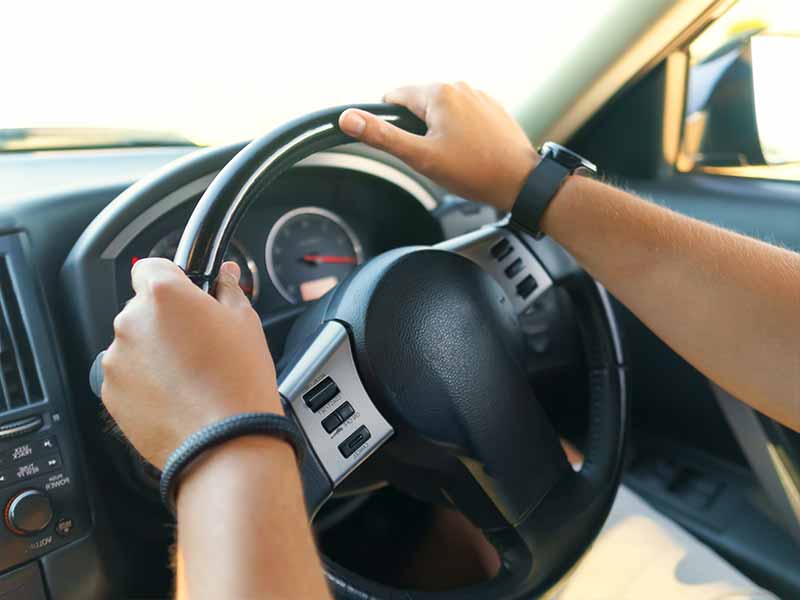
What Happens During and After a Tire Blowout
Knowing what to expect during and after a tire blowout can be vital for your safety. It helps you react swiftly and effectively to minimize risks, both to yourself and to other drivers on the road.
The Immediate Aftermath: Sounds and Sensations
As soon as a tire blowout occurs:
- Noise: You’ll hear a loud pop or bang, signaling the tire has ruptured.
- Steering: The steering wheel will pull toward the side of the blown tire, and it will be harder to control.
- Vehicle Behavior: Your car will likely slow down suddenly and may wobble or fishtail.
What To Do Right Away
- Do Not Panic: Try to keep your cool. Sudden moves can worsen the situation.
- Hold the Steering Wheel Firmly: Use both hands to keep the car going straight.
- Let the Car Slow Down Naturally: Resist the urge to slam on the brakes.
- Move to the Side: Signal and move to the shoulder or side of the road when it’s safe.
Can a Tire Blowout Kill You?
Though it’s a harsh reality, a tire blowout can indeed be deadly if not handled correctly. Poor control of the vehicle, especially at high speeds, can lead to severe accidents.
Potential Damage to Your Vehicle
A tire blowout can cause various types of damage to your car, such as:
- Wheel Damage: The wheel supporting the blown tire can get bent or damaged.
- Undercarriage: The undercarriage may scrape the road, especially if the tire’s rubber strips away.
- Body Damage: Pieces of the blown tire can damage the car’s body.
What to Do After Safely Stopping
- Turn on Hazard Lights: Make sure you’re visible to other drivers.
- Assess the Damage: Check how badly the tire and possibly other parts of the car are damaged.
- Call for Help: Whether it’s a tow truck or a friend, you’ll likely need assistance.
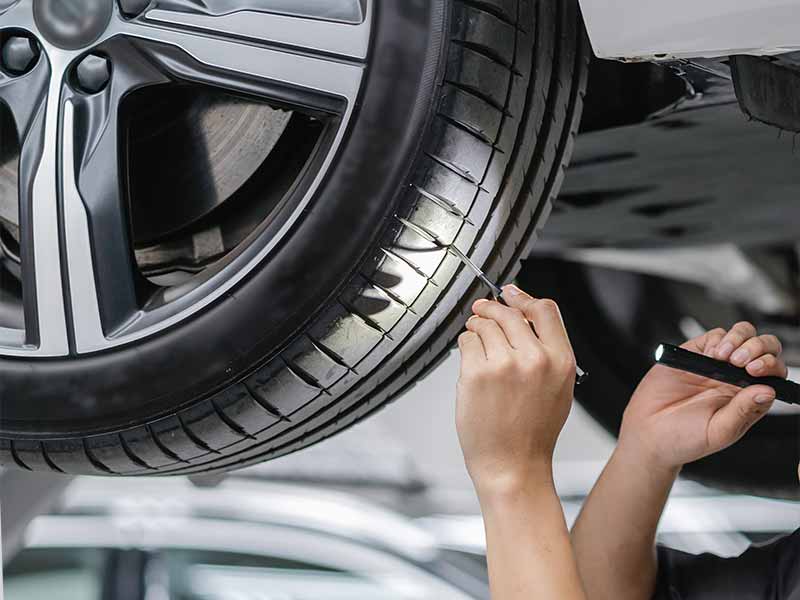
Preventive Measures: How to Avoid Tire Blowouts
Prevention is better than cure. Taking a proactive approach to tire maintenance can greatly reduce your risk of experiencing a tire blowout. This section aims to equip you with practical tips for avoiding this dangerous event.
Regular Tire Checks
A few simple checks can go a long way in ensuring your tires are in good condition.
- Pressure: Make it a habit to check tire pressure at least once a month.
- Tread Depth: Use a penny to check if your tread depth is sufficient. If you can see the top of Lincoln’s head, it’s time for new tires.
- Visual Inspection: Look for cracks, cuts, and other visible damage on your tires.
Keep an Eye on Tire Age
Older tires are more susceptible to blowouts due to wear and tear.
- Check the Manufacture Date: Tires usually have a four-digit code that tells you when they were made.
- Replace Old Tires: Most experts recommend replacing tires every six years, even if they look okay.
Proper Loading
Overloading your vehicle puts additional stress on your tires, increasing the risk of a blowout.
- Check Vehicle’s Max Load: This information can be found in the vehicle’s manual or on a sticker inside the driver’s door.
- Be Mindful When Packing: Distribute weight evenly and avoid exceeding the maximum load capacity.
Driving Habits
Your driving habits also play a role in your tires’ well-being.
- Avoid Potholes: These can cause immediate damage and even lead to a blowout.
- Don’t Speed: Higher speeds generate more heat, which can exacerbate existing tire issues.
- Smooth Driving: Avoid rapid starts, stops, and turns that can be hard on your tires.Speed
Use Technology for Added Safety
Make use of the technological tools available for added safety.
- TPMS: A tire pressure monitoring system alerts you when tire pressure is low, giving you a chance to correct it before a blowout occurs.
- Quality Tires: Invest in tires that come with built-in safety features like steel cord reinforcement.
Resources
Below are some links you may find helpful when learning about tires
Final Thoughts
Being proactive with tire maintenance, like keeping an eye on tire pressure and investing in good quality tires, can significantly reduce the risk of a blowout. But even then, it’s crucial to be prepared. Knowing how to react when you hear that loud boom can be the difference between a frightening moment and a life-altering event, especially at highway speeds.
Good luck and happy motoring.
